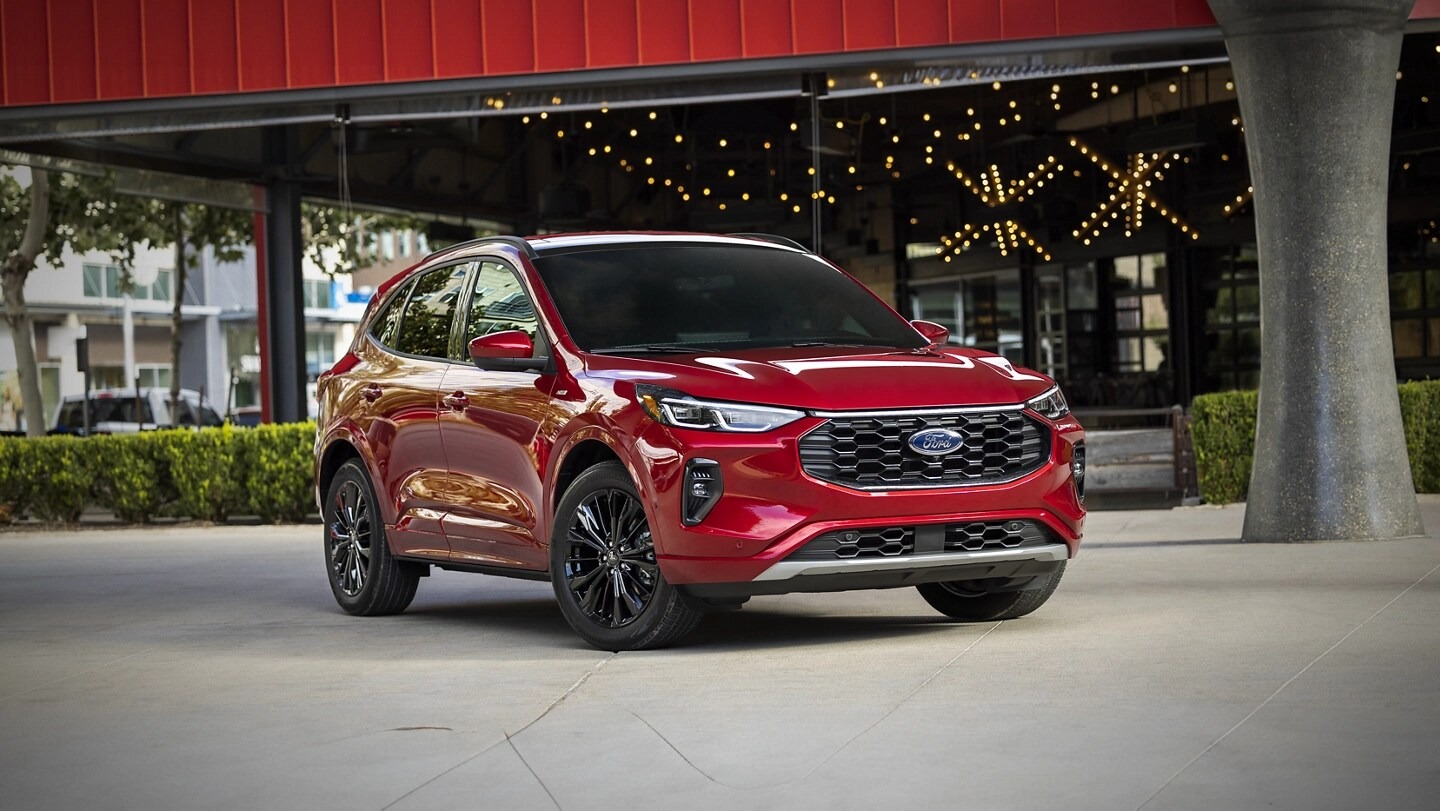When buying an affordable SUV, one of the most important factors to consider is durability, especially about rust. Rust can rapidly deteriorate a vehicle’s body and frame, causing both aesthetic and structural problems that reduce the car’s value and safety.
For buyers on a budget, the last thing they want is to deal with expensive rust repairs after only a few years of ownership. Rust is often influenced by the materials and coatings manufacturers use, as well as climate and maintenance habits, but some models have earned reputations for holding up well against corrosion, while others commonly show rust problems within just a few years, particularly around the third year of ownership.
Choosing an SUV that resists rust not only helps protect your investment but also reduces long-term maintenance costs and extends the life of the vehicle. This is especially important in regions with harsh winters or high humidity, where road salt and moisture can accelerate the rusting process.
While many affordable SUVs offer great features and utility, it’s equally important to understand which ones have stronger protection against rust and which are more prone to early corrosion. This guide will highlight five affordable SUVs known for their rust resistance, followed by five that tend to experience rust damage by year three, helping you make an informed decision when shopping in this category.
Rust is a hidden enemy that can turn what seems like a great deal into an expensive headache. The difference between choosing an SUV that resists rust well and one that succumbs to it quickly can come down to the manufacturer’s build quality, use of rustproofing treatments, and even design elements that minimize water trapping in vulnerable areas.
By focusing on affordable SUVs, this article targets buyers who want reliable vehicles without breaking the bank but still need to be mindful of rust-related issues. Whether you plan to keep your SUV for many years or resell it down the line, understanding how rust impacts different models can save time, money, and frustration.
Also Read: 5 Hidden Gem Convertibles vs 5 Popular Convertibles With Leaky Tops
5 Affordable SUVs That Don’t Rust
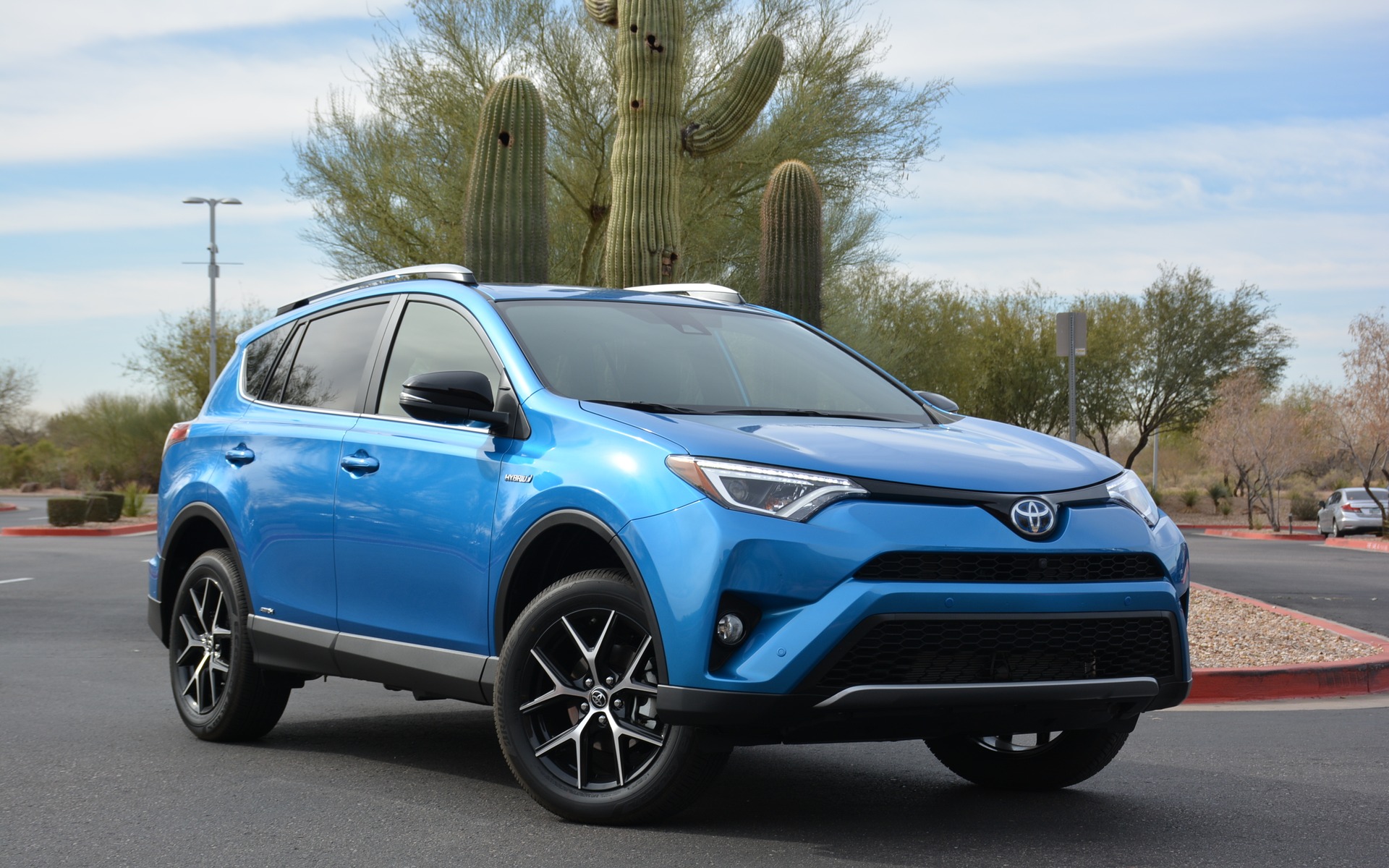
1. Toyota RAV4 (2018-2021 Models)
The Toyota RAV4 has long been regarded as a durable and dependable compact SUV, and its ability to resist rust is one of the factors behind its popularity. Toyota’s approach to rust prevention includes the use of galvanized steel in many of the body panels and an extensive undercoating treatment to protect against moisture and road salt.
Owners frequently report that their RAV4s, even those driven in regions with heavy winter salt use, show minimal signs of corrosion well beyond the three-year mark. The paint and clear coat quality also play an important role, providing a strong barrier that minimizes the chance of rust starting beneath the surface.
The RAV4’s design helps avoid the accumulation of water and debris in common rust-prone areas like wheel wells, rocker panels, and door sills. Its engineering incorporates careful sealing and drainage paths to prevent moisture buildup, which is often a key cause of rust formation.
The solid build quality combined with these preventative measures means that buyers can expect a vehicle that ages gracefully without the need for expensive rust repairs or frequent underbody inspections. In addition to the physical protections, Toyota’s reputation for reliability extends to corrosion resistance, which contributes to high resale values for this model.
Another factor that makes the RAV4 stand out in this category is its widespread availability and consistent maintenance recommendations. Toyota encourages owners to wash the undercarriage regularly during winter months to remove salt deposits, but even without obsessive maintenance, the SUV tends to hold up better than many competitors.
Many used RAV4s on the market today, especially those under 100,000 miles, remain largely rust-free, which is a testament to Toyota’s focus on durability. This makes the RAV4 an excellent choice for buyers looking for an affordable SUV that will maintain its structural integrity and appearance over time.
Lastly, Toyota offers excellent warranties and service options that help keep rust issues at bay. The company’s thorough quality control processes ensure that the rust protection measures applied during manufacturing are effective and consistent across the lineup.
This consistency reduces the likelihood of buyer surprises when inspecting used models and helps maintain the RAV4’s strong reputation in this area. The Toyota RAV4 continues to be a smart pick for those seeking an affordable, rust-resistant SUV that can handle a variety of driving conditions and climates.
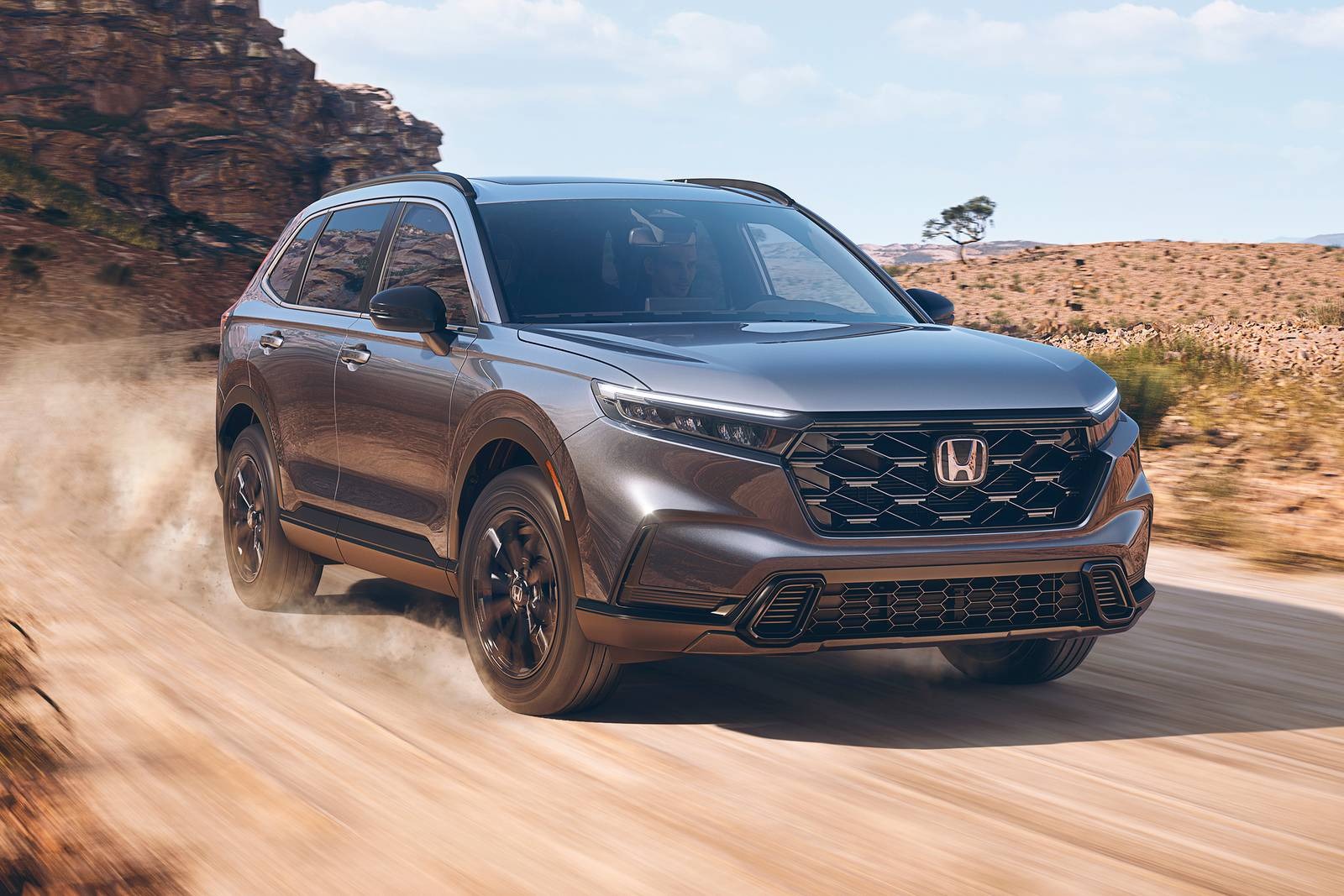
2. Honda CR-V (2017-2020 Models)
The Honda CR-V is another popular compact SUV that has developed a solid reputation for resisting rust. Like Toyota, Honda uses galvanized steel and applies comprehensive anti-corrosion coatings during assembly to protect the vehicle’s body and chassis.
Many owners praise the CR-V for showing little to no rust after several years, even in areas known for harsh winters with frequent road salt application. The CR-V’s paintwork and body construction have been engineered to minimize common rust hotspots such as the lower door panels and wheel arches, where moisture and salt tend to accumulate.
A strength of the CR-V’s rust resistance lies in its well-thought-out design. Honda uses well-sealed seams and rust-proofing compounds in vulnerable areas to reduce exposure to water and salt. Additionally, the undercarriage receives a protective coating that guards against corrosion, a feature often overlooked in many vehicles at this price point.
This attention to detail helps prevent rust from spreading into structural parts of the frame, which is crucial for maintaining vehicle safety and longevity. For many buyers, this means fewer worries about rust damage and costly repairs over the first several years of ownership.
Regular maintenance is key to keeping any vehicle rust-free, and Honda provides clear guidelines for CR-V owners, including periodic undercarriage washes during winter. Nevertheless, even those who are not meticulous about rust prevention tend to experience minimal rust problems with the CR-V, which speaks volumes about its build quality.
Enthusiast forums and owner reviews often highlight the CR-V’s resistance to rust as a major advantage over other SUVs in the same price range. These factors contribute to the CR-V’s strong resale value and continued popularity in the used SUV market.
In summary, the Honda CR-V offers a combination of thoughtful design, quality materials, and practical rust protection measures that make it one of the better affordable SUVs for avoiding early corrosion. Its reputation is backed by real-world experience from owners who have driven their vehicles through winter seasons without significant rust issues. This makes the CR-V a dependable choice for budget-conscious buyers looking for a rust-resistant SUV that maintains its appearance and safety for years to come.
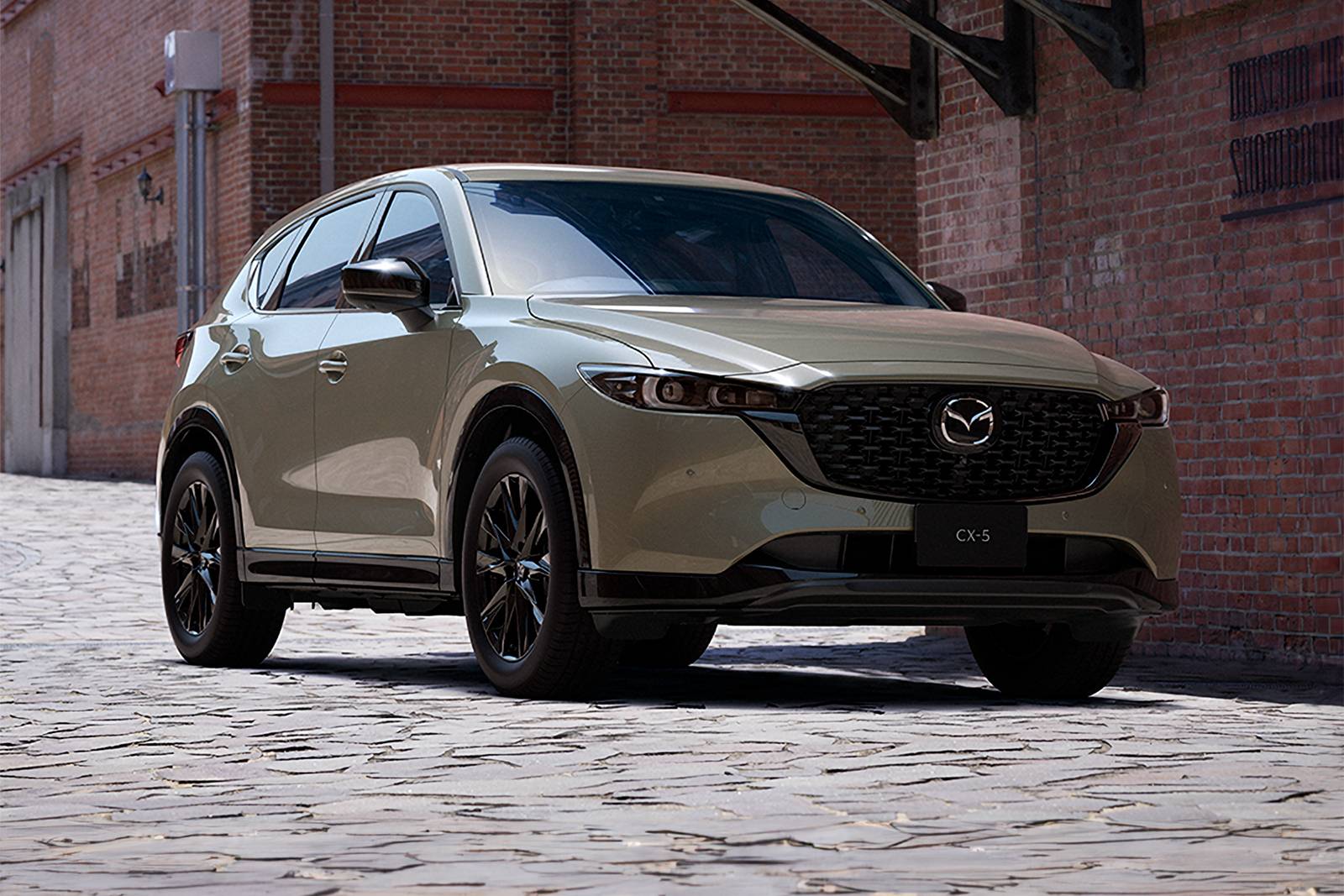
3. Mazda CX-5 (2019-2021 Models)
The Mazda CX-5 is often praised for its sleek styling and driving dynamics, but it also performs admirably when it comes to rust resistance. Mazda uses galvanized steel panels on the CX-5 and applies multiple layers of corrosion-resistant coatings, especially in vulnerable areas like the wheel arches and lower body panels.
The paint system features a robust clear coat that protects the vehicle’s finish from chipping and moisture penetration, two common starting points for rust formation. This attention to detail results in a vehicle that maintains its aesthetic and structural integrity better than many competitors in the affordable SUV segment.
Mazda’s focus on rust prevention is also evident in the CX-5’s underbody treatment. The manufacturer applies an anti-corrosion sealant to critical components such as the frame rails and suspension mounts, which are susceptible to salt and moisture exposure.
Additionally, the CX-5’s design includes strategically placed drainage holes that help water escape from trapped areas, reducing the likelihood of rust buildup. These features, combined with the vehicle’s tight panel gaps and strong factory welds, reduce the opportunity for rust to develop quickly within the first few years of ownership.
Owner reports consistently indicate that the CX-5 remains free of rust-related issues through year three and beyond, even in regions with heavy salt use on roads during winter. This level of durability is particularly impressive given the CX-5’s competitive price point and premium features.
The combination of Mazda’s engineering and high-quality materials helps the vehicle maintain its resale value, which is an important consideration for buyers who want a stylish yet durable SUV. Mazda’s reputation for building cars that last is supported by the CX-5’s resistance to early corrosion.
Finally, Mazda encourages owners to perform regular maintenance such as washing the undercarriage and inspecting the vehicle for chips or scratches that might expose metal surfaces. Even without excessive maintenance, the CX-5’s factory rust protection measures are sufficient to protect the vehicle through several years of typical use. This makes the CX-5 an excellent option for buyers who want a blend of style, driving enjoyment, and practical durability in an affordable SUV package.
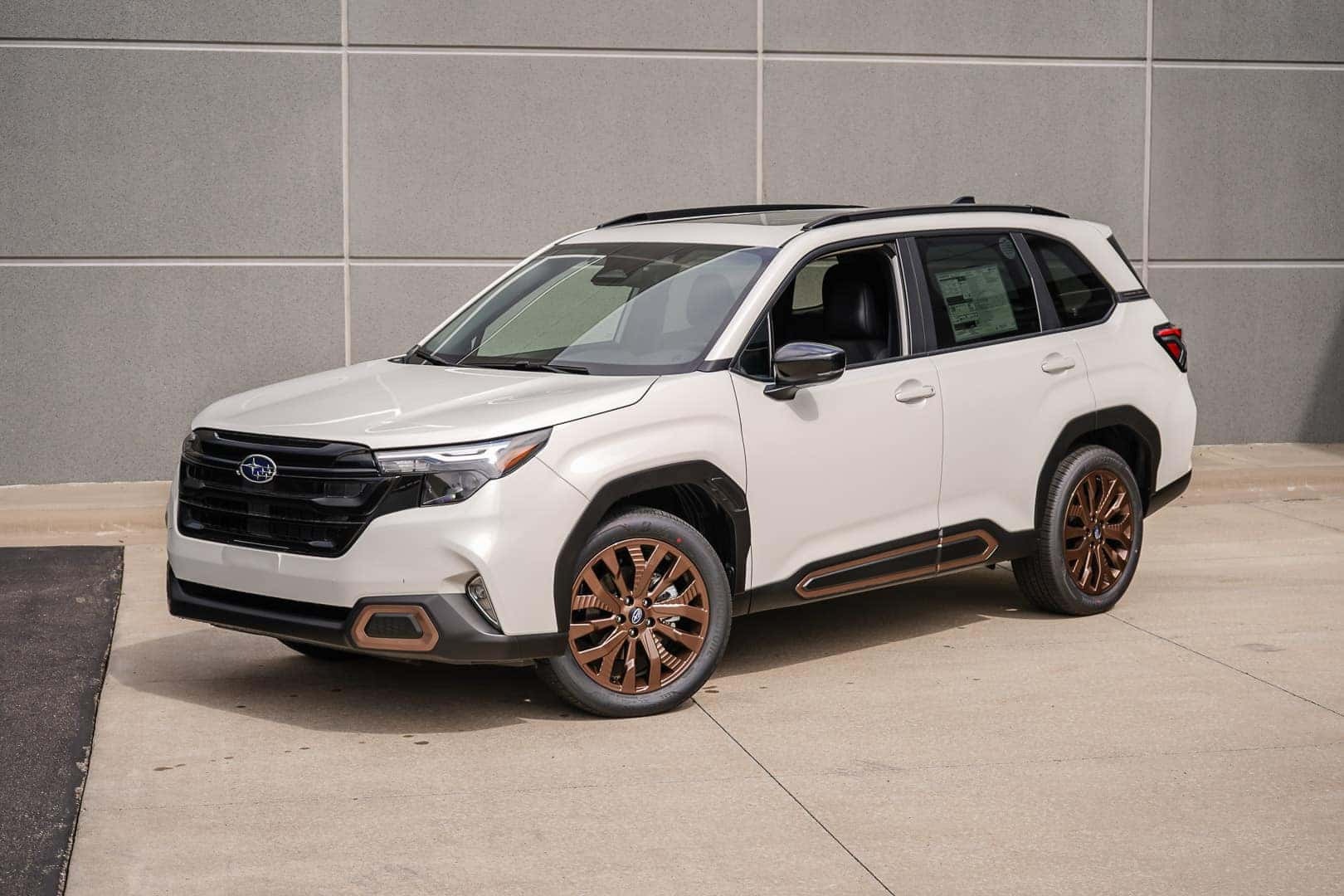
4. Subaru Forester (2018-2021 Models)
The Subaru Forester is well known for its rugged all-wheel-drive system and off-road capability, but it also holds up well against rust in most cases. Subaru invests in galvanized steel for its body panels and applies comprehensive anti-rust coatings, including undercoating treatments designed to protect the frame and suspension components from corrosion.
This attention to rust prevention allows the Forester to maintain its structural integrity even in snowy climates where salt and moisture are abundant. Owners frequently report that Foresters driven in harsh environments remain largely rust-free after several years.
A key factor in the Forester’s rust resistance is its well-engineered drainage and sealing system. The vehicle’s design minimizes the chance of water and debris accumulation in critical areas like the wheel wells and rocker panels, common spots for rust to begin.
Additionally, Subaru treats weld points and seams with rust inhibitors to further reduce corrosion risks. These engineering choices reflect Subaru’s commitment to building durable vehicles that hold up over time, especially in the challenging conditions often encountered by Forester owners.
Maintenance routines suggested by Subaru include regular cleaning of the undercarriage, especially after exposure to road salt. However, the Forester’s factory-applied rust protections generally provide a strong baseline defense, meaning that owners do not need to be overly vigilant to prevent rust from developing early.
This makes the Forester a practical option for buyers looking for an affordable SUV that can endure tough environmental conditions without sacrificing durability or safety.
Lastly, Subaru’s reputation for reliability extends to the Forester’s ability to resist corrosion. The strong aftermarket demand for these SUVs, even older models, reflects confidence in their longevity and build quality. For those seeking a rust-resistant SUV with a proven track record and solid performance in adverse weather, the Forester remains a top contender in the affordable SUV market.
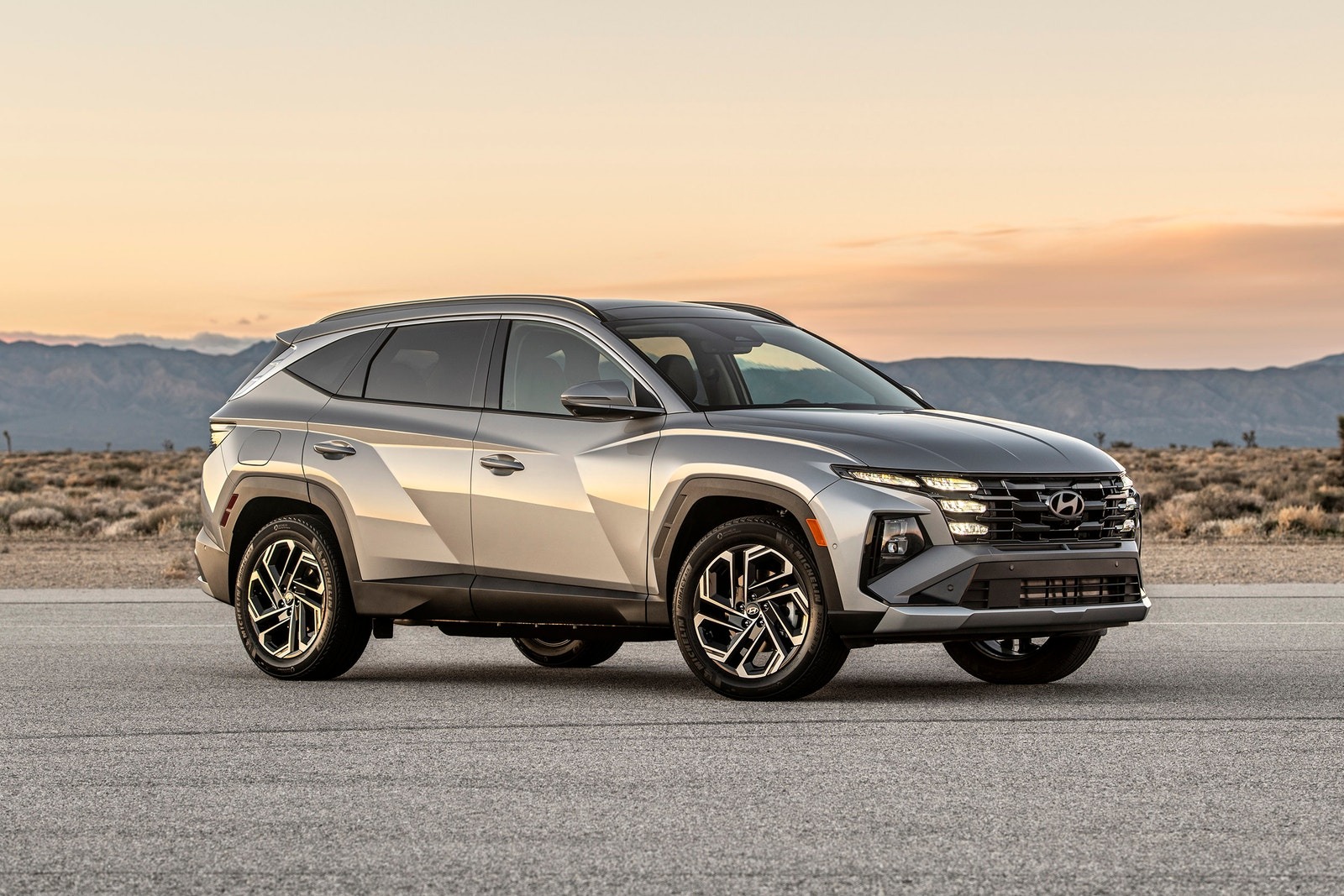
5. Hyundai Tucson (2019-2021 Models)
Hyundai has significantly improved its vehicle quality over the past decade, and the Tucson is a prime example of these advancements, particularly in rust resistance. Hyundai applies galvanization and extensive anti-corrosion coatings to the Tucson’s body, along with durable paint and clear coats that guard against moisture intrusion.
The company has also enhanced its underbody protection, with robust sealants and rust inhibitors applied to vulnerable components, which help the Tucson resist rust even in harsher climates where road salt is common.
The design of the Tucson supports its rust resistance, featuring smooth panel transitions and effective drainage to prevent water trapping in the rocker panels, wheel wells, and door frames.
Hyundai’s manufacturing standards emphasize tight sealing around welds and seams, reducing the risk of corrosion initiating from these areas. This combination of design and manufacturing improvements has helped the Tucson avoid the rust issues that plagued earlier models in the brand’s history.
Consumer feedback and owner experiences generally indicate that the Tucson remains largely free of rust problems through the first three years of ownership, even when driven in snowy or coastal regions where corrosion risks are elevated.
This durability is especially considering Tucson’s affordable price and growing popularity among budget-conscious SUV buyers. Hyundai’s extended warranty coverage, including corrosion perforation warranties, further reassures buyers about the vehicle’s resistance to rust-related damage.
In conclusion, the Hyundai Tucson offers a strong package for buyers seeking an affordable SUV with solid rust protection. Its combination of modern materials, advanced coatings, and thoughtful design makes it a reliable choice that should maintain its structural and aesthetic integrity for several years, reducing worries about costly rust repairs.
5 Affordable SUVs That Rot by Year 3
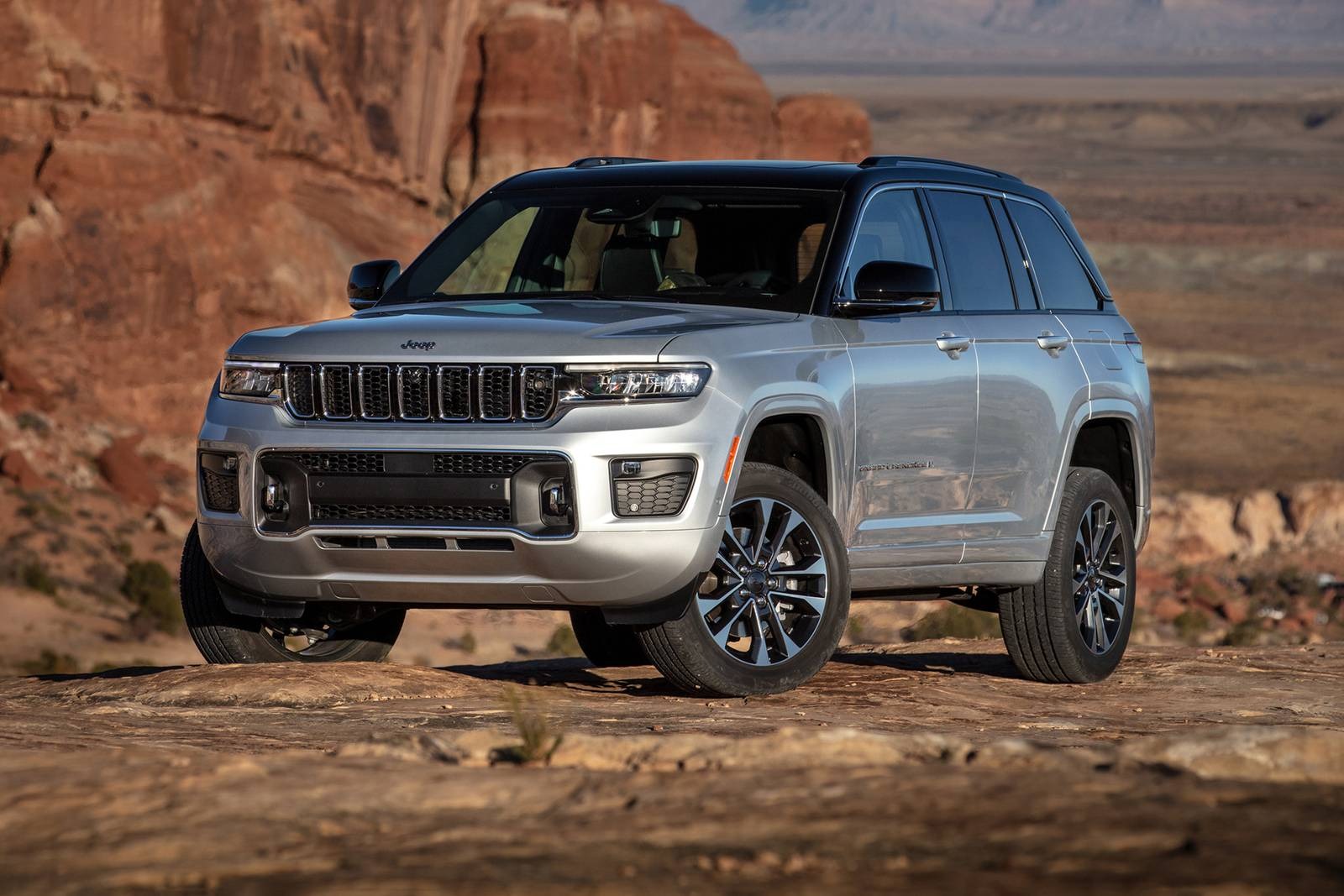
1. Jeep Cherokee (2016-2018 Models)
While Jeep vehicles are often praised for their off-road capabilities, certain models like the Cherokee have struggled with rust issues, particularly around the three-year mark. The 2016-2018 Cherokee models have been reported to develop rust spots on the lower body panels, rocker panels, and wheel wells, even with average care.
One contributing factor is Jeep’s use of less extensive corrosion protection treatments compared to competitors in this price range. The body panels lack sufficient galvanization, making the metal more vulnerable to salt and moisture.
The design of the Cherokee exacerbates the problem, as some seams and welds are exposed or poorly sealed, allowing water to penetrate and remain trapped. This leads to accelerated rust formation, especially in regions where winter road salt is commonly applied.
Owners frequently report visible bubbling and paint blistering by the third year, signs that rust is developing beneath the surface. Unfortunately, these rust issues can spread quickly, compromising the vehicle’s appearance and potentially affecting structural components if left untreated.
Maintenance recommendations from Jeep are relatively standard, but the insufficient factory rust protection means that even attentive owners can struggle to prevent rust problems on the Cherokee.
Early rust also tends to affect suspension components and the undercarriage, leading to costly repairs if not addressed promptly. This puts the Cherokee at a disadvantage compared to other affordable SUVs that come with better corrosion resistance out of the factory.
Buyer reviews and independent surveys often list the Cherokee among affordable SUVs with early rust concerns. This can negatively impact resale values and owner satisfaction.
For those living in areas prone to heavy road salt use or high humidity, the Cherokee’s rust issues should be a significant consideration before purchase. Prospective buyers need to be aware of this history and consider investing in aftermarket rustproofing treatments if they opt for this model.
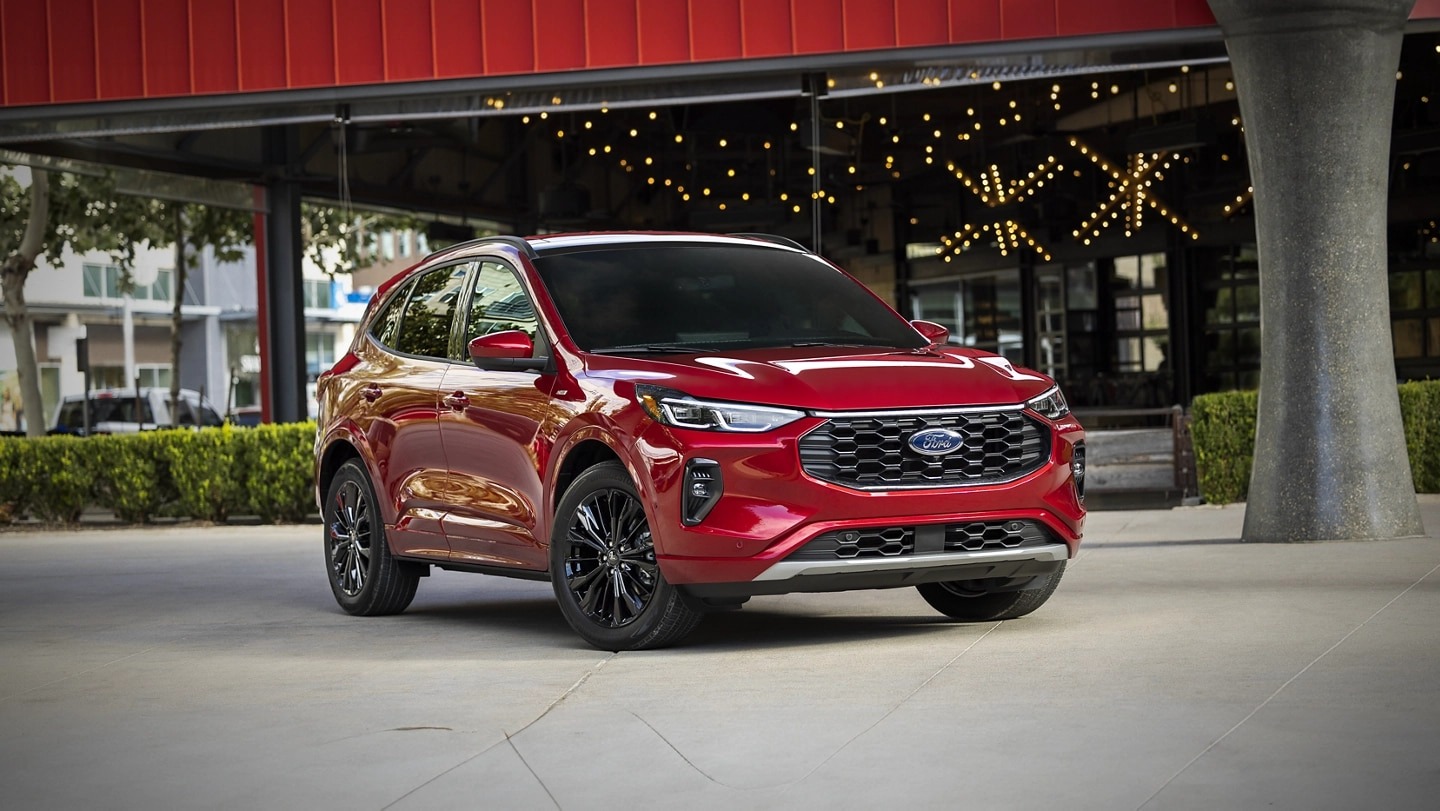
2. Ford Escape (2016-2018 Models)
The Ford Escape has been a popular compact SUV choice for years, but the 2016-2018 generation unfortunately shows a tendency to develop rust problems early in its lifespan. Reports from owners indicate that rust often appears on the wheel arches, rocker panels, and rear hatch areas by the time the vehicle reaches three years of age.
This is due in part to the Escape’s use of untreated or insufficiently treated steel in some body components, which becomes vulnerable to moisture and salt exposure over time.
Ford’s manufacturing approach during this period lacked some of the corrosion prevention technologies found in competitor models, such as galvanized body panels and advanced rust inhibitors.
The result is that common rust-prone areas can deteriorate relatively quickly, especially when the vehicle is subjected to winter driving conditions with road salt or coastal environments with salty air. Visible rust patches and bubbling paint are common complaints, which not only look unsightly but also threaten the underlying metal structure.
Maintenance can help mitigate these problems, but the Escape’s early rust issues suggest that factory protection was inadequate. Many owners find themselves needing to address rust repair earlier than expected, leading to increased costs and inconvenience. Rust damage to suspension mounts and undercarriage parts has also been reported, potentially impacting vehicle safety if not treated promptly.
For budget buyers considering the Ford Escape from this generation, the risk of rust should be factored into the purchasing decision. While the Escape offers competitive features and styling, its corrosion issues by year three can lead to diminished resale values and unexpected maintenance expenses. Those in rust-prone climates may want to consider alternative SUVs with better rust resistance.
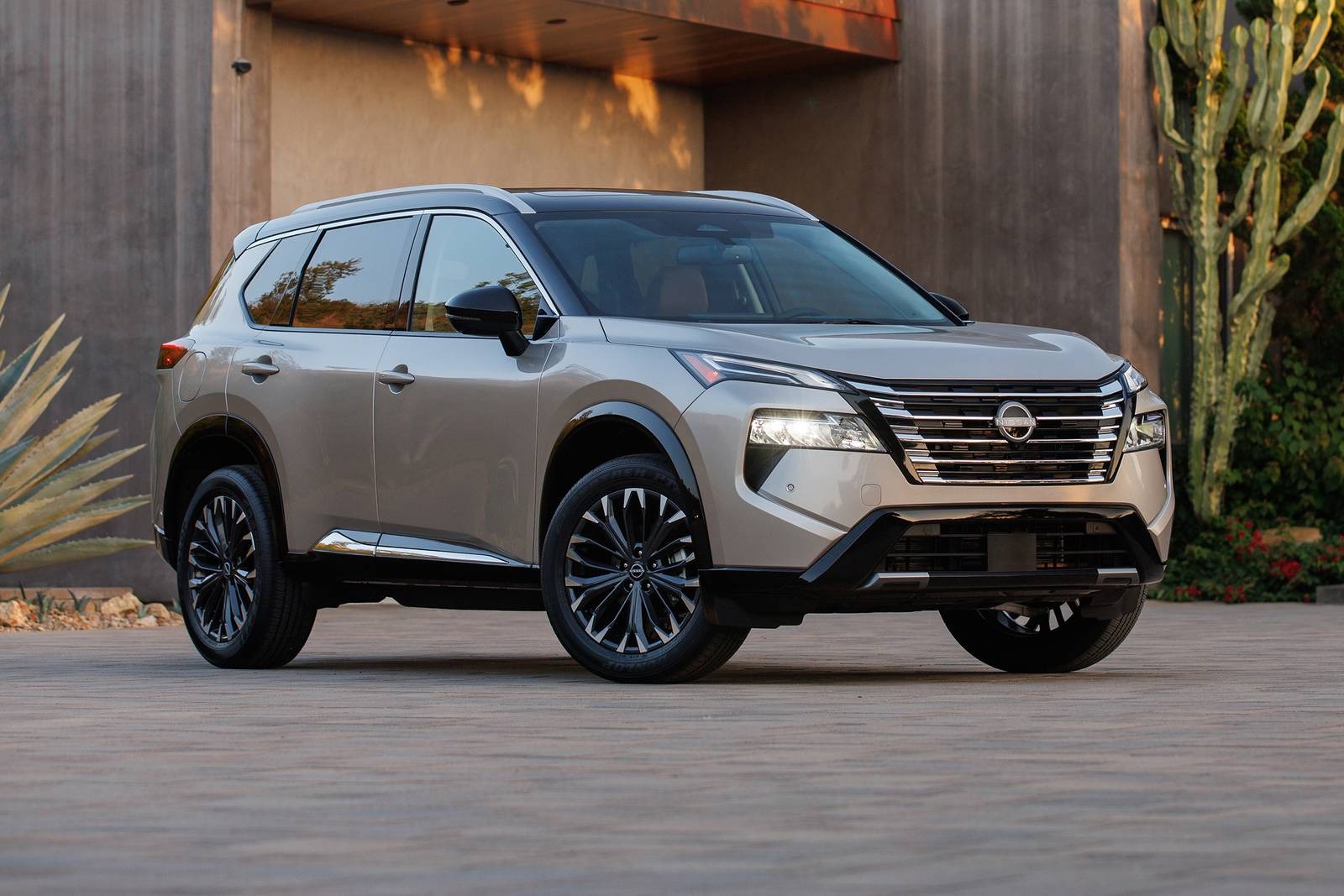
3. Nissan Rogue (2015-2017 Models)
The Nissan Rogue is a practical and affordable compact SUV, but certain early models between 2015 and 2017 have been noted for developing rust problems relatively quickly.
Common areas for rust include the lower door edges, rocker panels, and around the rear wheel wells. Nissan’s corrosion protection on these models was less comprehensive than competitors, with some panels not fully galvanized or lacking sufficient anti-corrosion coatings.
This manufacturing shortcoming leaves the Rogue vulnerable to moisture and salt exposure, accelerating the formation of surface rust that can quickly progress beneath the paint.
Owners have reported paint bubbling and surface discoloration by year three, often requiring repainting or rust treatment. The Rogue’s design also features some seams and joints where water can collect, worsening the risk of rust formation if regular maintenance is neglected.
Rust damage is more than a cosmetic issue in this case, as some structural components like frame rails and suspension parts have been affected in reports. This raises concerns about vehicle safety and longevity, particularly for those intending to keep their SUV for several years. Repairing rust damage on the Rogue can be costly and time-consuming, detracting from its value proposition as an affordable SUV.
Buyers looking at used Nissan Rogues from this era should carefully inspect for rust or consider models from later years with improved corrosion protection. The brand has since addressed some of these issues in newer models, but the 2015-2017 period remains a known weak spot for rust durability within the Rogue lineup.
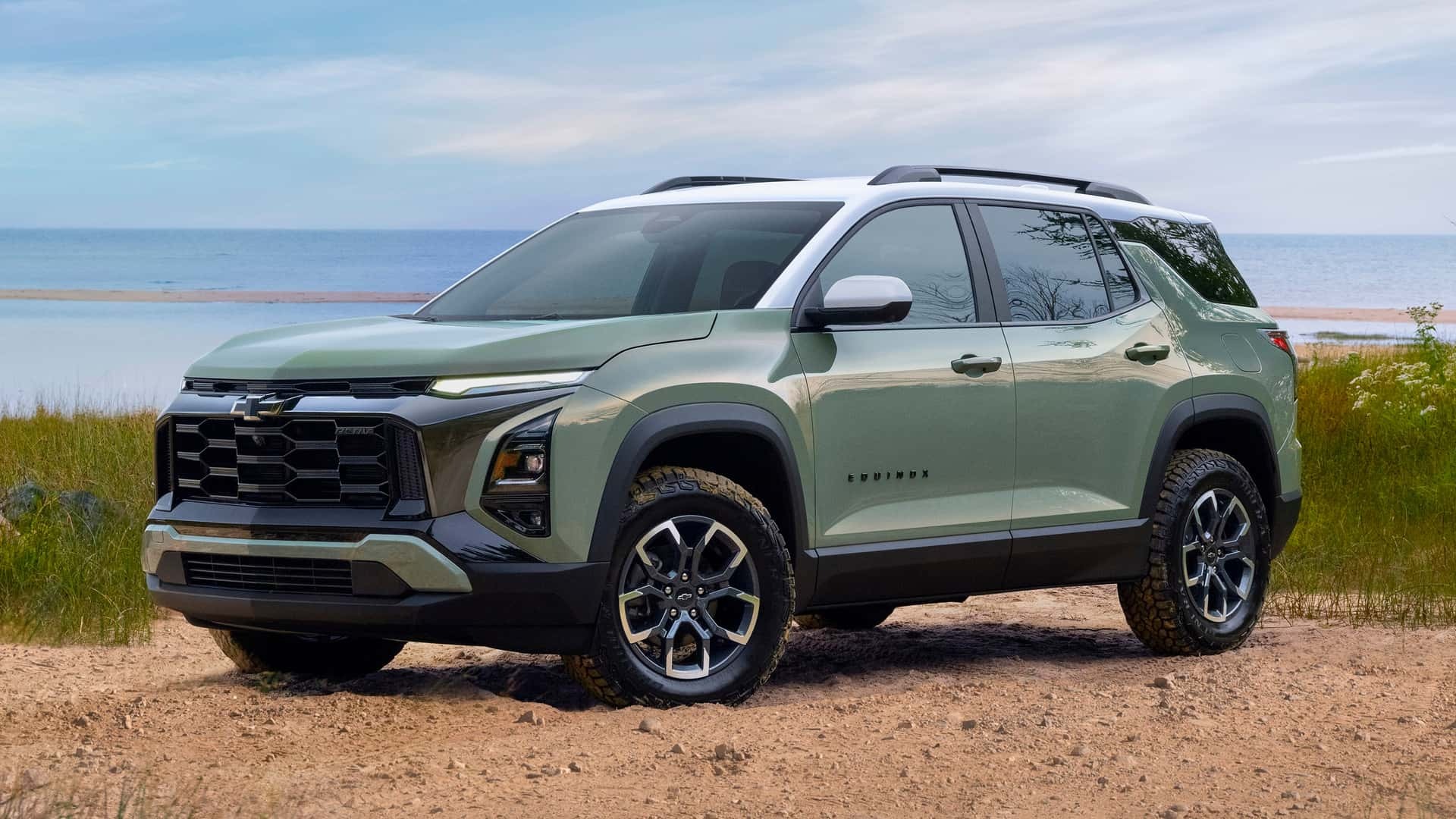
4. Chevrolet Equinox (2016-2018 Models)
The Chevrolet Equinox offers strong value and features but the 2016-2018 models have shown a propensity for rust problems emerging by year three. Rust typically appears on lower door panels, rocker panels, and occasionally the undercarriage. General Motors’ corrosion protection on these models was not as thorough as some rivals, leading to premature rust formation especially in climates that involve winter road salt.
GM’s use of some untreated steel parts in less visible areas and seams without adequate sealing contributes to water ingress and corrosion risk. Paint chips or scratches that expose bare metal also exacerbate the problem, allowing rust to take hold quickly.
Many owners report bubbling paint and surface rust in these problem areas within three years, sometimes accompanied by corrosion on suspension components.
Routine maintenance such as washing the undercarriage and addressing paint damage early can reduce but not eliminate the risk of rust on these Equinox models.
The relatively weak factory rust protection requires vigilance to keep corrosion at bay, which some owners may find inconvenient or costly over time. Structural rust affecting the frame or suspension is less common but has been reported in some cases.
For buyers seeking a budget-friendly SUV, the Equinox’s rust issues should be a point of caution. While the vehicle offers solid features and comfort, the risk of early rust could affect resale value and increase maintenance expenses, particularly in rust-prone environments.
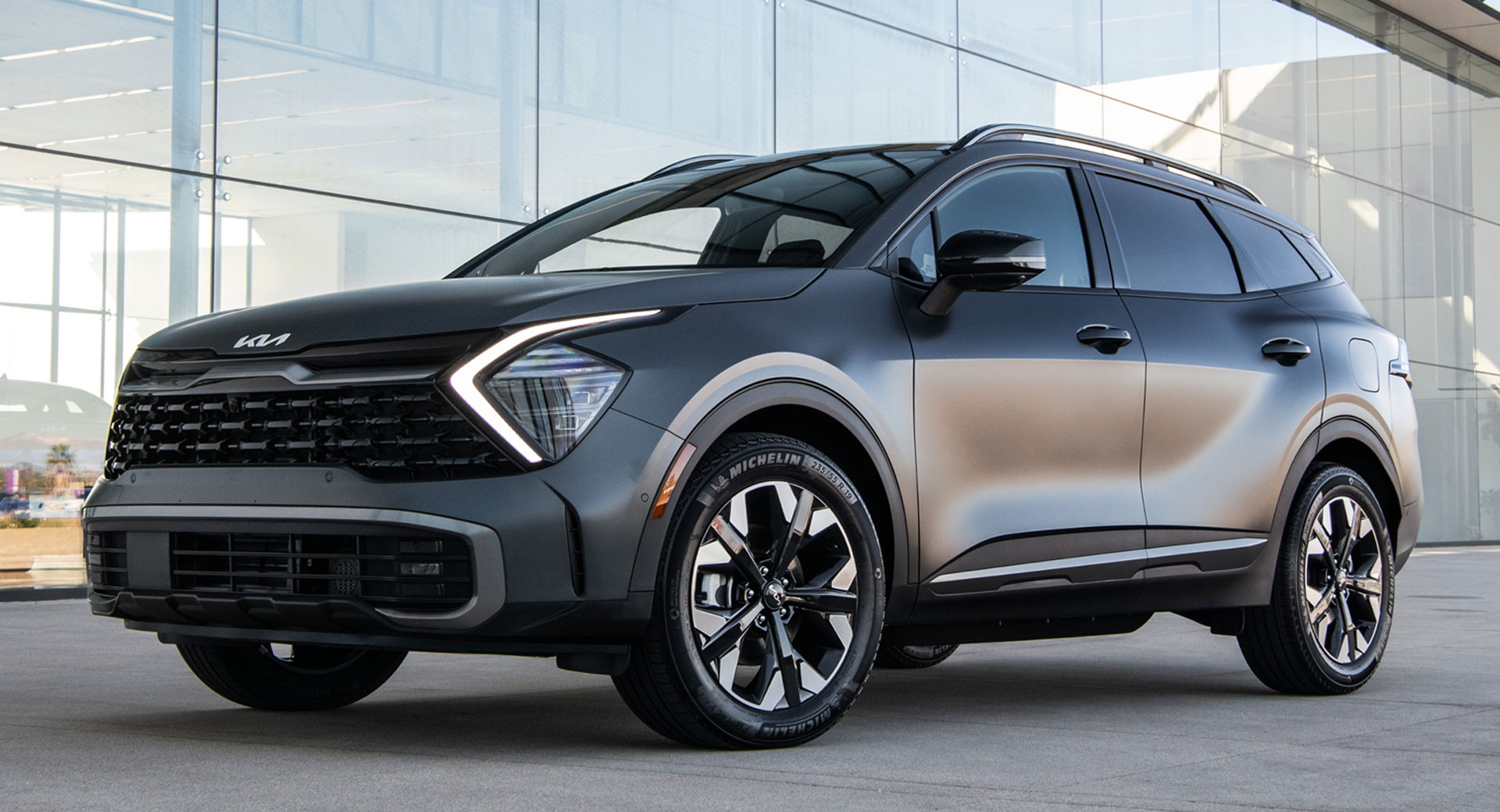
5. Kia Sportage (2015-2017 Models)
Kia has improved significantly in recent years, but the 2015-2017 Sportage models were sometimes prone to rust issues by the third year. These problems generally occur on the rocker panels, wheel wells, and lower door edges, where road salt and moisture accumulate.
Although Kia started applying more corrosion protection treatments during this period, some panels were still vulnerable due to incomplete galvanization and inconsistent application of rustproof coatings.
The Sportage’s design includes several seams and joints where water and debris can gather if not regularly cleaned, increasing the chances of rust formation. Paint chips and scratches that expose metal also contribute to accelerated corrosion in these vulnerable areas. Owners have reported visible bubbling, discoloration, and in some cases, surface rust spreading across panels after just a few years of typical use.
Corrosion affecting suspension mounts and frame components has been less frequent but still a concern for some owners. Rust repairs on the Sportage can be costly and may require replacing affected panels or extensive rust treatment, which can erode the benefits of purchasing an affordable SUV.
Kia has since improved its rust prevention practices on newer models, but buyers considering the 2015-2017 Sportage should be cautious. If purchasing in a region where rust is a known issue, extra investment in aftermarket rustproofing or undercoating may be necessary to extend the vehicle’s life and appearance.
Also Read: 6 Performance Cars That Run Clean on 87 Octane
Choosing the right affordable SUV requires more than just looking at price, features, or performance. Rust resistance is an often overlooked but critically important factor that can greatly influence the longevity, safety, and value of a vehicle.
As we’ve seen, some models come well-equipped from the factory with thoughtful engineering, high-quality materials, and proven corrosion prevention methods, while others fall short, showing signs of rust damage as early as the third year of ownership. This disparity can cost owners thousands in repairs and dramatically affect how long a vehicle remains reliable and roadworthy.
The five SUVs that stood out for their rust resistance, Toyota RAV4, Honda CR-V, Mazda CX-5, Subaru Forester, and Hyundai Tucson, have earned their reputation through consistent manufacturing practices and smart design choices. These vehicles use galvanized steel, effective seam sealing, and solid underbody protection to ward off rust even when exposed to tough conditions like road salt, heavy rain, and coastal air.
Their owners benefit not only from peace of mind but also from lower maintenance costs, fewer unexpected repairs, and higher resale values. These SUVs prove that affordability doesn’t have to come at the expense of durability.
On the flip side, the five SUVs that commonly show rust issues by year three, Jeep Cherokee, Ford Escape, Nissan Rogue, Chevrolet Equinox, and Kia Sportage, demonstrate what can happen when corrosion protection is insufficient or inconsistent.
While these vehicles might be appealing due to low initial costs, stylish design, or appealing features, they often require more frequent inspections, additional maintenance, or even aftermarket rustproofing treatments just to keep rust at bay.
In many cases, owners report cosmetic rust that spreads quickly, or worse, rust that affects structural or suspension components. This undermines the vehicle’s value, safety, and appeal as a long-term investment.
For buyers on a budget, it’s crucial to consider not just how a car looks or drives off the lot, but how well it will hold up after a few winters or years of use. An SUV that begins rusting prematurely can turn into a financial burden, forcing early trade-ins or repairs that outweigh the initial savings.
On the other hand, selecting a rust-resistant model from the start can extend the life of your investment and reduce the total cost of ownership over time. Regular maintenance, such as washing the undercarriage in winter and addressing chips or dings in the paint, can help, but it’s the factory protection that often makes the biggest difference.
Rust resistance should be a top priority when shopping for an affordable SUV, especially if you live in a region with snow, humidity, or coastal exposure. Understanding which models are built to withstand corrosion can save you time, stress, and money in the long run.
By making a smart choice upfront, you can enjoy your SUV without the constant worry of rust creeping in, compromising both its performance and appearance. A little research now can lead to years of dependable driving, rust-free.

